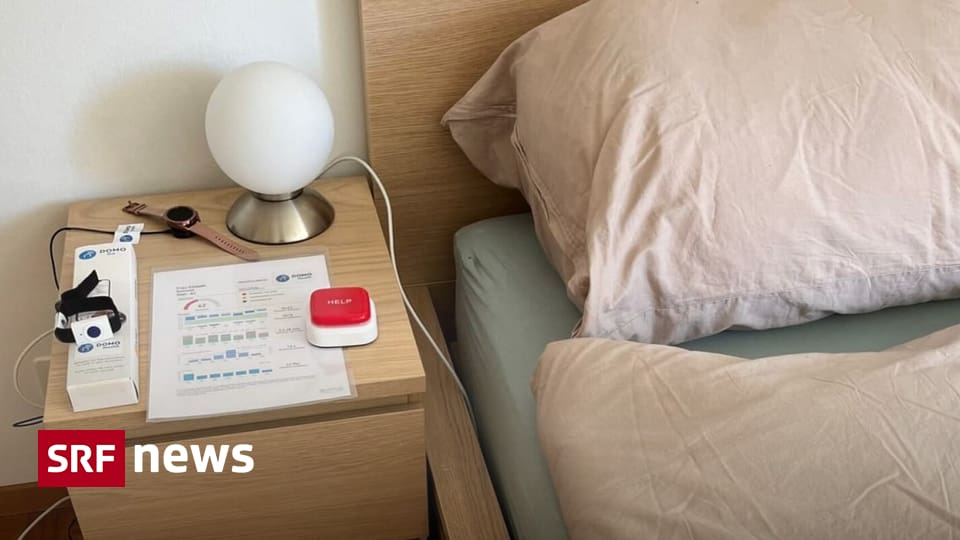1/8
The Scottish Crown is placed on top of Queen Elizabeth II’s coffin in Edinburgh. A thorn in the side of those opposed to the monarchy.
The Scottish Crown was placed on the monarch’s coffin at the funeral of Queen Elizabeth II († 96) in Edinburgh on Monday. The film rekindled an old grudge among critics of the monarchy: namely the Kohinoor diamond controversy.
It is believed to be the oldest and largest diamond in the world at 108.93 carats. The Kohinoor adorns the crown of Queen Elizabeth II’s mother, Rani Amma (1900-2002). The jewel is stored in the Tower of London when not in official use. The last time it happened was in 2002 at the Queen Mother’s funeral. A crown was then placed on the coffin.
Waiting time: First the mourners visit the Queen’s coffin(01:09)
A diamond with a long history
The history of the Kohinoor diamond is said to be 5000 years old. Researchers suspect that the gemstone was first mentioned in Sanskrit writings in what is now India. The first confirmed records date back to 1304, when the diamond belonged to a North Indian ruler.
Over the centuries, Kohinoor changed hands several times through looting and wars, finally coming to the treasury of Punjab in 1747 and then to British India. In 1849, Indian ruler Duleep Singh, who was eleven years old at the time, was pressured by the British colonial power to sign a peace treaty that included handing over the diamond to Queen Victoria of England (1819–1901). This is how stone ended up in Great Britain.
India wants ‘friendly’ recovery of diamonds
Opponents of the monarchy have repeatedly demanded that the Kohinoor be returned to India. The main question is whether the youth Duleep Singh voluntarily handed over the diamond. In 2016, an Indian court examined a petition to return the stone and concluded that it was not stolen by the British colonial power or annexed under duress. However, as announced after the court ruling, India’s Ministry of Culture intends to continue its efforts to “recover the diamond amicably”.
After Queen Elizabeth’s death on September 8, 2022, calls to return the Kohinoor to India are now rekindling on Twitter.
Daniel Kinsey, professor of history at Carleton University in Ontario, explains to “NBC” the origins of these demands: “The history of British imperialism is one of violence, displacement, prejudice and exploitation. A lot of people are very concerned about the Koh-e-Noor serving as a trophy of empire while it is still in the possession of the British crown. I think they are upset.”
The Kohinoor is believed to have been worn by Kamila
Now that King Charles must decide whether to return the diamond, Kinsey adds: “Let’s look at it pragmatically, the Crown held onto the stone because it agreed to return it. Property is immaterial.”
For now, the historian suspects that the Kohinoor crown will be part of the crown that King Consort Camilla (75) got. Now her husband was Charles III. He is king. (GRP)

“Wannabe pop culture fanatic. Zombie advocate. Entrepreneur. Internet evangelist. Alcohol fanatic. Typical travel buff.”





More Stories
Choosing the Right Quality Management Software for Your Industry
If guests bring items: Can shower gel be packed from the hotel?
Digital Technologies for the Elderly: Increasing Aging at Home – News